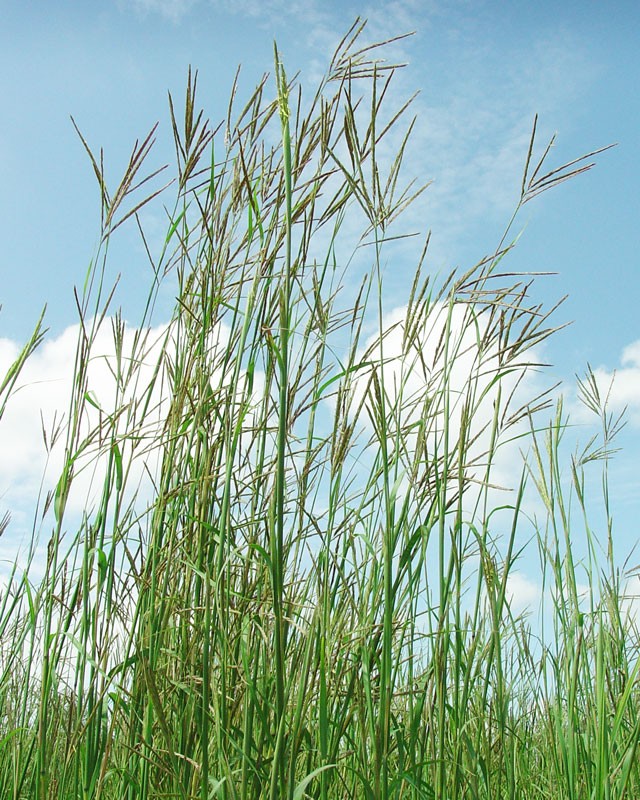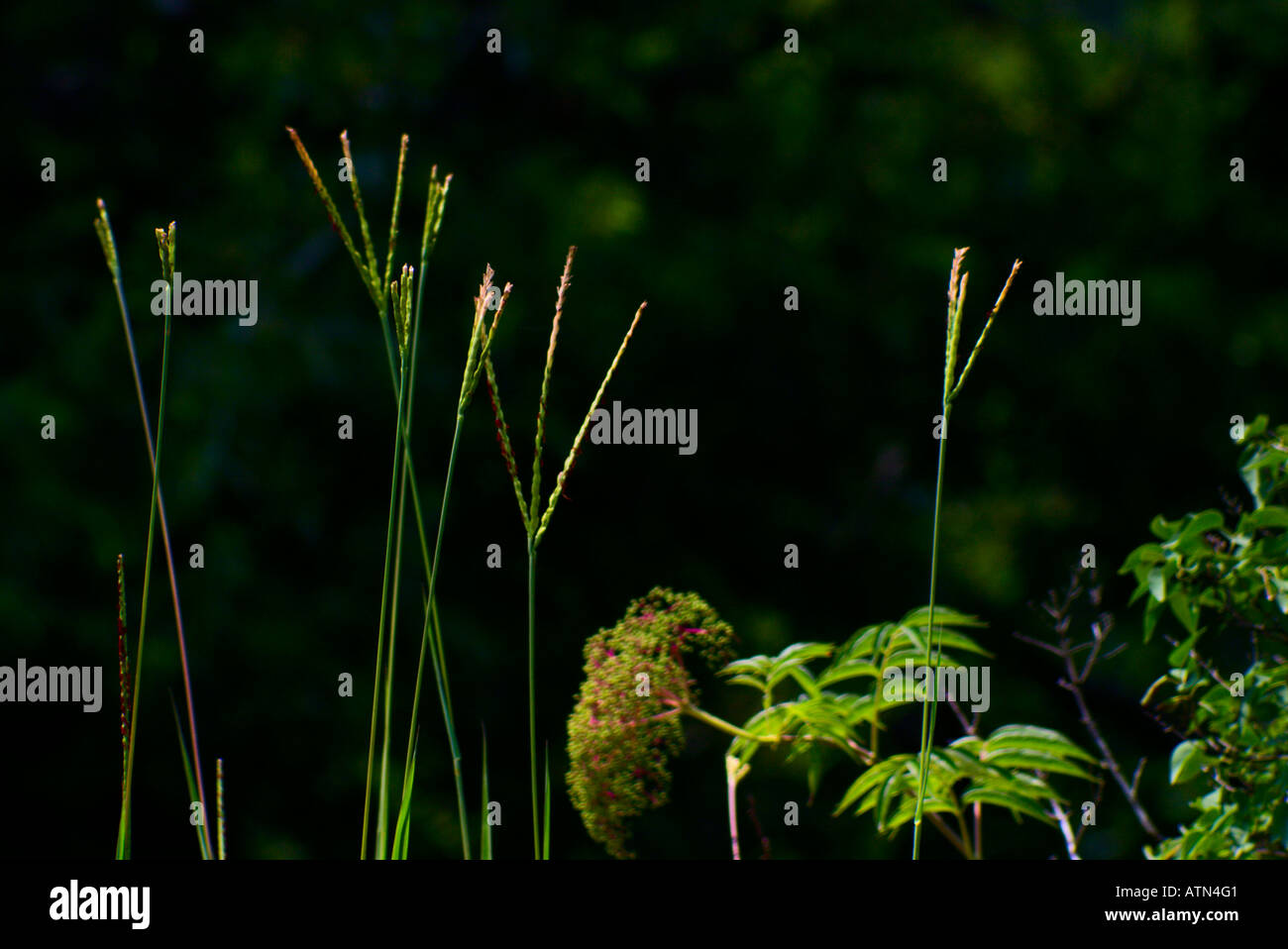

Employ this grass on slopes and ravines where its extensive deep root system will hold soil in place. Create a contemporary landscape with a stand of little bluestem its narrow stems subtly change color every few weeks, adding drama to the scene. Call upon little bluestem to add vertical interest to a border, perennial garden, or foundation planting. You'll still find it growing wild in meadows and woodland edges from Alberta south to Arizona and Florida. This warm-season grass' native prairie habitat has almost disappeared, but don't worry. Growing big bluestem grass can also include ‘Kaw,’ ‘Niagra,’ and ‘Roundtree.’ These different cultivars are also used for game bird cover and to improve native planting sites.Little bluestem is a tough, easy-care ornamental grass that's most beautiful in the fall when its tufts of slim, ¼-inch-wide blue-green leaves turn from rust to wine red and its thin 2- to 3-inch clusters of fuzzy flower spikelets glisten silvery-white in the sun.‘El Dorado’ and ‘Earl’ are big bluestem grass for forage for wild animals.‘Bison’ was created for its cold tolerance and ability to grow in the northern climates.There are improved strains developed for widespread pasture use and erosion control. Store it for up to seven months in a jar with a tightly sealed lid in a dark room. Big bluestem grass should be planted after winter’s worst has passed so you will need to store the seed. The plant needs supplemental water in early establishment stages, but thereafter is quite self-sufficient except in severe drought. It needs no nitrogen application the first year, but in subsequent years will benefit from a high nitrogen fertilizer application in spring. Big Bluestem is a perennial, warm-season, native reaching 36 to 76 inches or 0.9 to 1.9 m tall. Place the seed heads in paper bags in a warm area to dry for two to four weeks. Sow the seed in spring or plant plugs for quicker establishment. Cattle prefer this grass, so it decreases with heavy grazing. Collect seed heads when they are dry in September to October. Alternately, plant seed in plug trays in mid winter for transplant into the garden in spring.īig bluestem grass seed can be purchased or harvested right from the seed heads. Big bluestem self-seeds freely in optimal growing conditions. It tends to topple over in moist soil and/or soil that is rich in nutrients. Like many prairie grasses, it thrives in lean, dry soil and once established tolerates long periods of dry conditions.
#BIG BLUE STEM GRASS CARE FULL#
The sprouts will emerge in about four weeks if you irrigate consistently. Big bluestem grows best in full sun and well-drained soil. Sow big bluestem seed at ¼ to ½ inch (6 mm.

Planting big bluestem grass may be done in late winter to early spring or when soils are workable. The seed has improved germination if you stratify it for at least a month and it can then be planted inside or directly sown. Growing Big Bluestem Grassīig bluestem has demonstrated that it may be invasive in some zones so it is a good idea to check with your county extension office before seeding the plant. The plant is adaptable to either full sun or partial shade. Sandy to loamy soils are ideal for growing big bluestem grass. Big bluestem grass is hardy in USDA zones 4 to 9. Bluestem grass is also part of the fertile tall grass prairies of the Midwest. This perennial grass is found in dry soil in prairies and arid zone woods across the southern United States. The clumping grass assumes a reddish hue in fall when it dies back until it resumes growth in spring. In July through October the grass sports 3 to 6 foot (1-2 m.) tall inflorescences that become three part seed heads that resemble turkey feet. The stems are flat and have a bluish coloring at the base of the plant. It is a perennial grass that spreads by rhizomes and seed. Big Bluestem Grass Informationīig Bluestem grass is a solid stemmed grass, which sets it apart from most grass species that have hollow stems. Growing big bluestem grass in the home landscape can accent a native flower garden or border the open property line. It then provides shelter and forage for wildlife.

Planting big bluestem has become an important part of erosion control on land that has been over grazed or farmed. The grass was once widespread across North American prairies. Big bluestem grass ( Andropogon gerardii) is a warm season grass suited for arid climates.


 0 kommentar(er)
0 kommentar(er)
